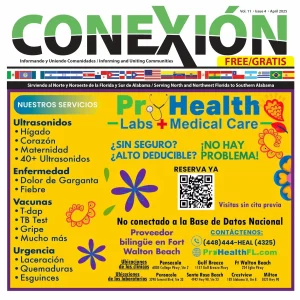By Celemma Lara, Coach | Consultant in Strategies and Values
If you have a retail business, which is dedicated to selling retail products, it is important to know the impact of a high inventory turnover in the short term.
Inventory in the world of retail is understood as the amount of merchandise, products and goods available that will be marketed by the company, presented in a detailed, orderly and valued manner (costs). Accounting wise, they belong to tangible assets.
Inventory turnover is an indicator (KPI – Key Performance Indicator) that reflects the number of times inventory is sold during a defined period of time. This metric is frequently reviewed at the end of the year, I recommend entrepreneurs, depending on the characteristics of the business, that it be carried out at least every three months. If he is starting with little capital, it will be important for him to be effective in his purchases, therefore, the ideal is to review monthly.
Advantages of tracking inventory turnover:
It gives a pretty good idea of how many and which products you are selling.
It allows you to analyze your inventory levels (high, optimal or low) and their quality.
It increases the general efficiency of the business because it reduces the costs in storage and inventory maintenance.
Increase revenue.
Improve cash flow.
It is a good symptom that leverages a bank credit approval.
How is this metric found?
With the following formula, applied in a set period of time.
Inventory Turnover = Cost of Goods Sold / Average Inventory
For example, if a business has an average inventory of $10,000.00 per month and in costs it sells $28,000.00 in a month, the indicator of its inventory turnover would be 2.8. It means that your inventory has sold 2.8 times in a month.
The higher this value means that the inventory remains in the business for less time, the more times you capitalize the same inventory in a given period, which reflects good administration and management of the same. While, on the contrary, when this indicator is smaller, it shows that there is a stationary inventory, whose capital is frozen and reflects poor purchasing management, among other factors.
I invite retailers or businesses to monitor the “inventory rotation” as it is a great ally.
If this information has been useful to you and/or you think it could be useful to someone else, share it.


